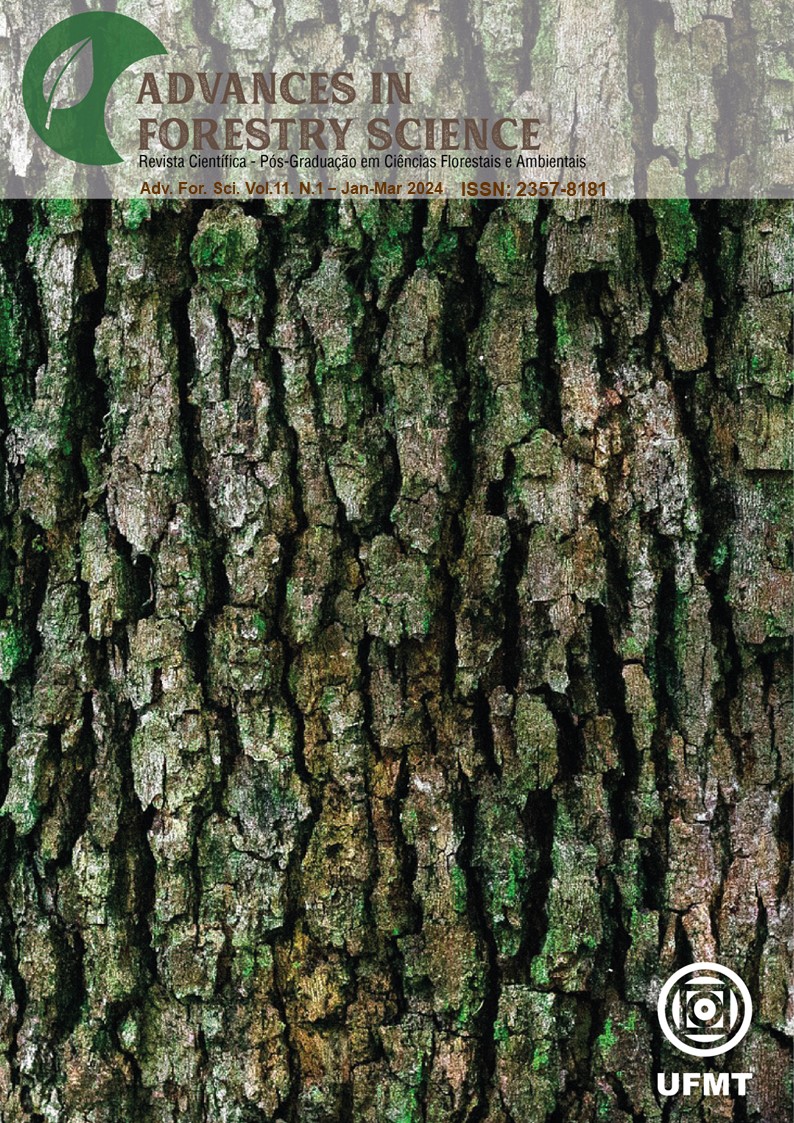Temporal evolution of deforestation in the Xingu River Watershed between 2008 to 2020
DOI:
https://doi.org/10.34062/afs.v11i1.15658Abstract
Anthropic activities that alter land cover patterns in Watersheds, such as deforestation, affect the food and sanitary security of the population. Thus, the objective of this study was to develop a quantitative analysis of the temporal evolution of deforestation in the Xingu River Watershed between the years 2008 and 2020. To achieve this, the methodology was organized into the following steps: Database construction (Xingu River Watershed boundaries, deforested areas, and Land Use and Land Cover); Data preprocessing; Analysis of the temporal evolution of deforestation; and Quantitative analysis of land cover change in the deforested areas. It became evident that deforestation did not exhibit a standardized behavior, due to the large proportion of deforested areas in 2008 and the abrupt reduction in 2012. Furthermore, the deforestation in 2012, 2016, and 2020 resulted in greater conversion of native forests into pasture than the regeneration of these areas. Therefore, it can be concluded that 2008 had the highest deforestation rate, due to the increase in soybean prices, and that 2012 had the lowest rates due to the implementation of environmental policies, highlighting the relationship between environmental policies and the seasonality of commodity prices with deforestation rates. It was also concluded that the main destination for the deforested areas has been pastureland for livestock, and a viable solution to identify and punish offenders, as well as support small-scale producers and recover areas devastated by deforestation, is land regularization.
Downloads
Downloads
Published
Issue
Section
License
All copyright must be assigned to the Federal University of Mato Grosso.

